Gender Ideology & Biological Truth

Trump's executive order titled "Defending Women From Gender Ideology Extremism And Restoring Biological Truth To The Federal Government" aims to define "women" and "girls" as females, and "men" and "boys" as males, emphasizing biological, binary, and immutable characteristics. The order seeks to eliminate the promotion of "gender identity" and "gender ideology" in federal policies, communications, and documents.
It mandates that trans men be held in women’s prisons and trans women in men’s prisons, and it calls for limiting access to "intimate spaces" based on gender rather than identity. The order also seeks to roll back Biden-era protections, especially related to Title IX, and affirms the right to express binary distinctions in workplaces and federally funded spaces.
Ending Government DEI Programs

Trump's executive order titled "Ending Radical And Wasteful Government DEI Programs And Preferencing" calls for the elimination of federal Diversity, Equity, and Inclusion (DEI) programs, as well as positions related to accessibility and environmental justice within the federal government.
The order argues that these programs are wasteful and promote radical ideologies that undermine merit-based decision-making and fairness. It directs federal agencies to dismantle these offices and positions, focusing instead on ensuring that government initiatives prioritize efficiency, effectiveness, and traditional merit-based values. The goal is to curb what Trump described as excessive and politically charged government practices.
Emergency Price Relief & the Cost-of-Living Crisis

Trump’s memorandum titled “Delivering Emergency Price Relief for American Families and Defeating the Cost-of-Living Crisis” aimed to address rising costs of living by directing federal agencies to implement measures to lower housing, healthcare, food, and fuel prices. While specific actions were not outlined, the memorandum emphasized the need to create employment opportunities to support American workers.
It tasked the Assistant to the President for Economic Policy with providing regular reports every 30 days on the progress of these initiatives. The order sought to alleviate economic pressures on American families, though details on execution were left to be determined.
Beautiful Federal Civic Architecture
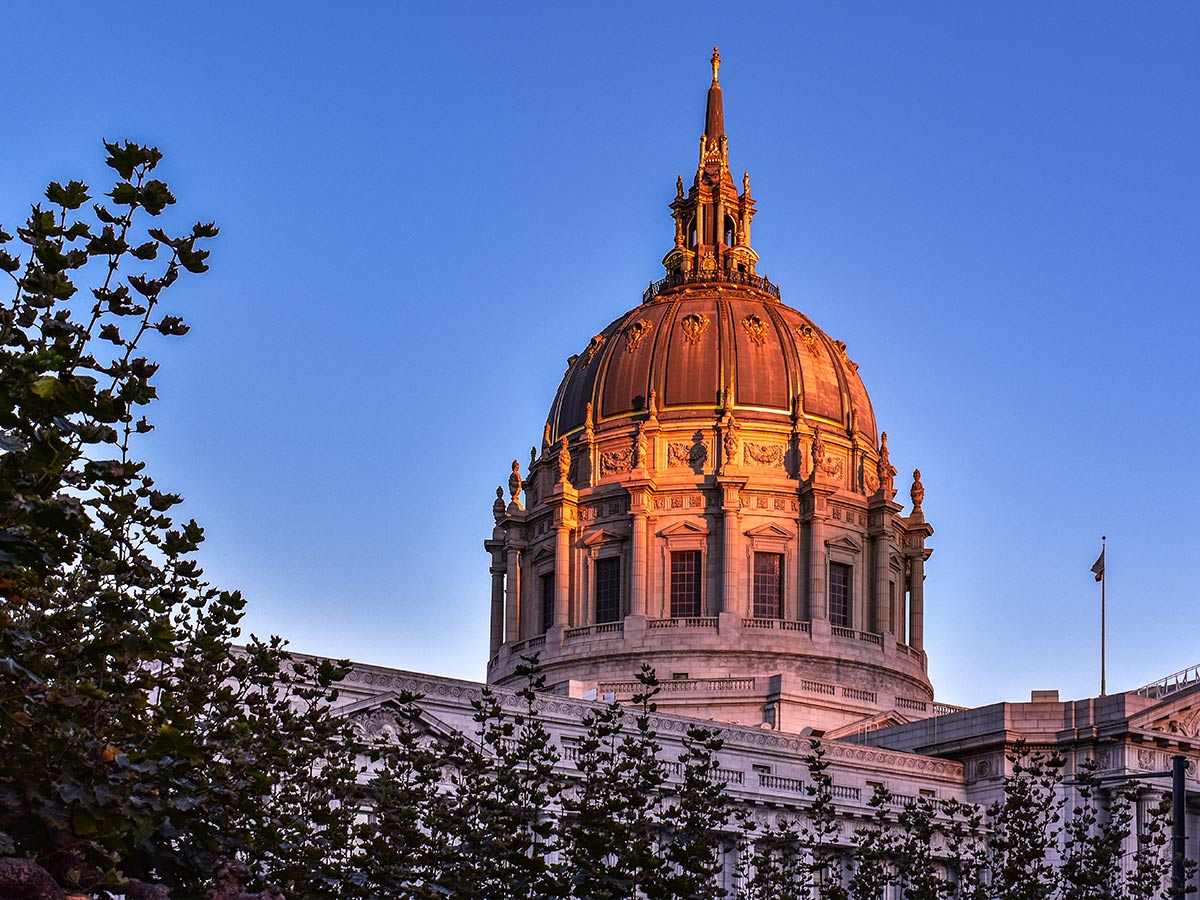
Trump’s memorandum titled “Promoting Beautiful Federal Civic Architecture” directed federal public buildings to be designed in a way that respects regional, traditional, and classical architectural styles. The goal was to ensure that federal buildings reflect a sense of history, pride, and cultural heritage.
Classical architecture, which often draws from ancient Greek and Roman designs, was emphasized as a key influence. However, this order sparked controversy, with critics arguing that the focus on classical styles could be seen as catering to a subset of nationalists, who associate such architecture with traditionalist or exclusionary ideals. In 2020, Phineas Harper, former deputy director of the Architecture Association, described classical architecture as a "dog whistle" for these groups, potentially creating a divisive cultural symbol.
"America First"
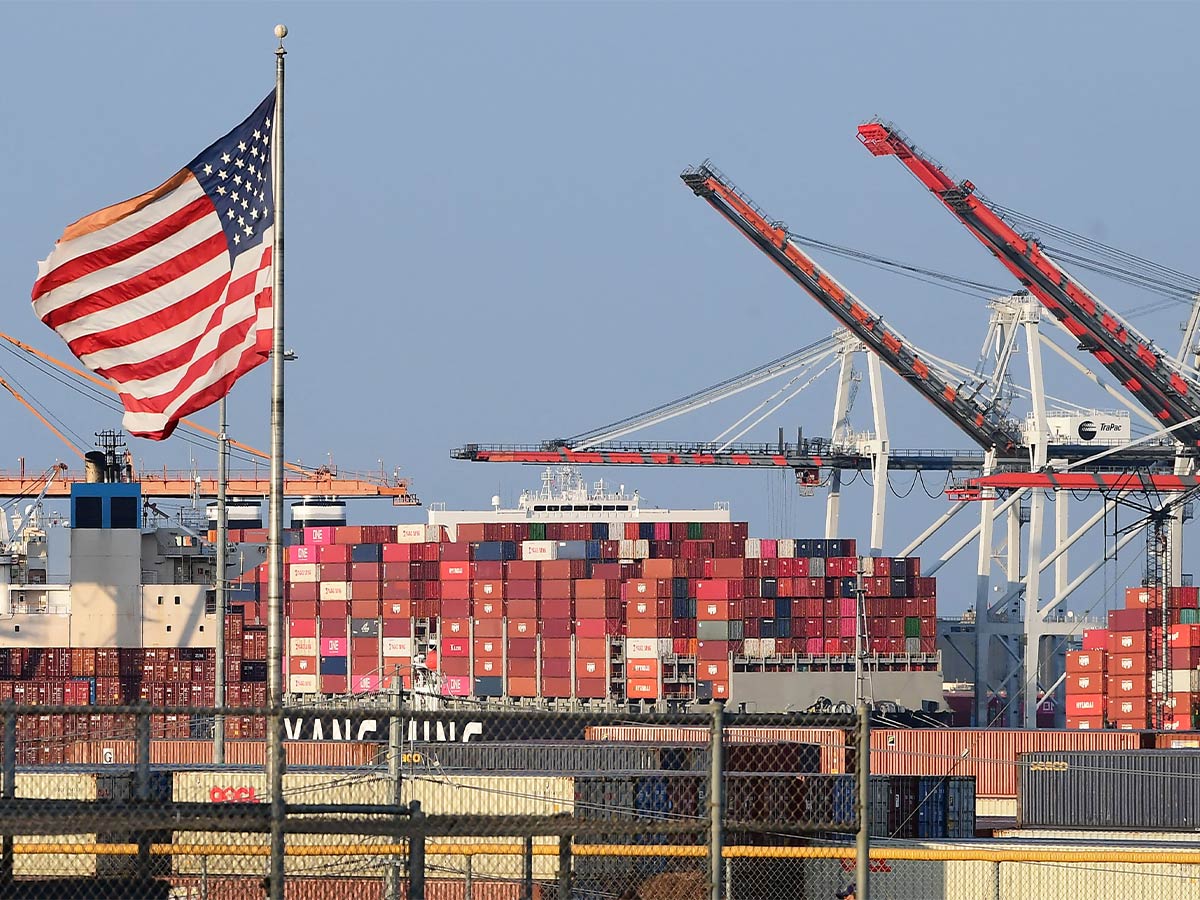
Trump passed three executive orders with the title "America First," including:
-
"America First Policy Directive To The Secretary Of State"
-
"Putting America First In International Environmental Agreements"
-
"America First Trade Policy"
One order directed the Secretary of State to prioritize U.S. interests, renegotiate trade agreements, reduce foreign aid, and align treaties with American economic goals. Another order withdrew from international environmental agreements, including the Paris Climate Agreement, citing economic burdens on U.S. industries and promoting energy independence. Lastly, Trump focused on reshaping trade policies by renegotiating deals, imposing tariffs on unfair practices, and protecting domestic industries. While supporters praise these moves for safeguarding American jobs, critics warn of isolation and economic instability globally.
Pardons for January 6 Rioters
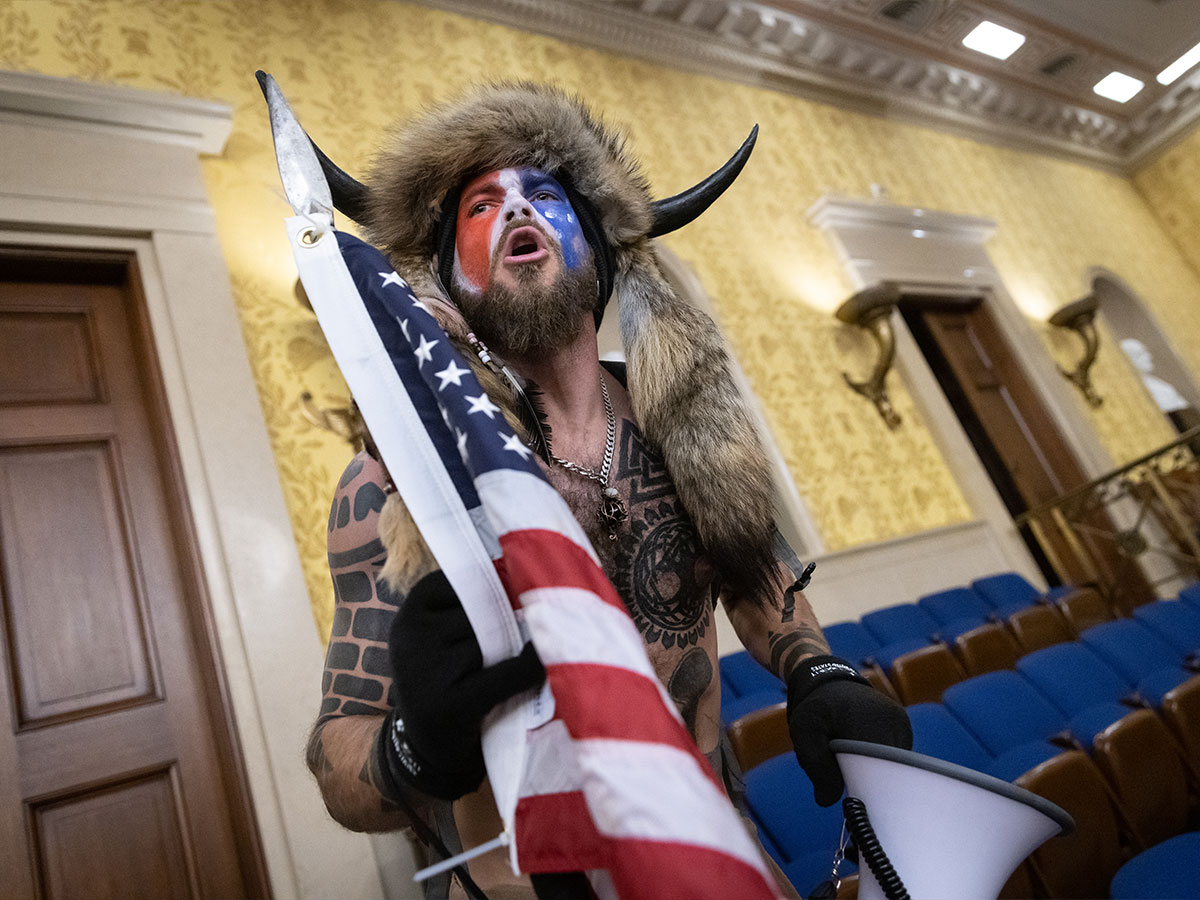
In a proclamation titled “Granting Pardons And Commutation Of Sentences For Certain Offenses Relating To The Events At Or Near The United States Capitol On January 6, 2021,” Trump issued pardons to those criminally charged for their involvement in the January 6 Capitol attack. The attack, which injured over 100 police officers, saw Trump supporters breach the Capitol.
While most of the individuals involved were pardoned, 14 people had their sentences commuted to time served. Additionally, all pending indictments related to the events were dismissed. This clemency directive is believed to cover over 1,500 defendants, according to TIME.
Restoring Names That Honor American Greatness
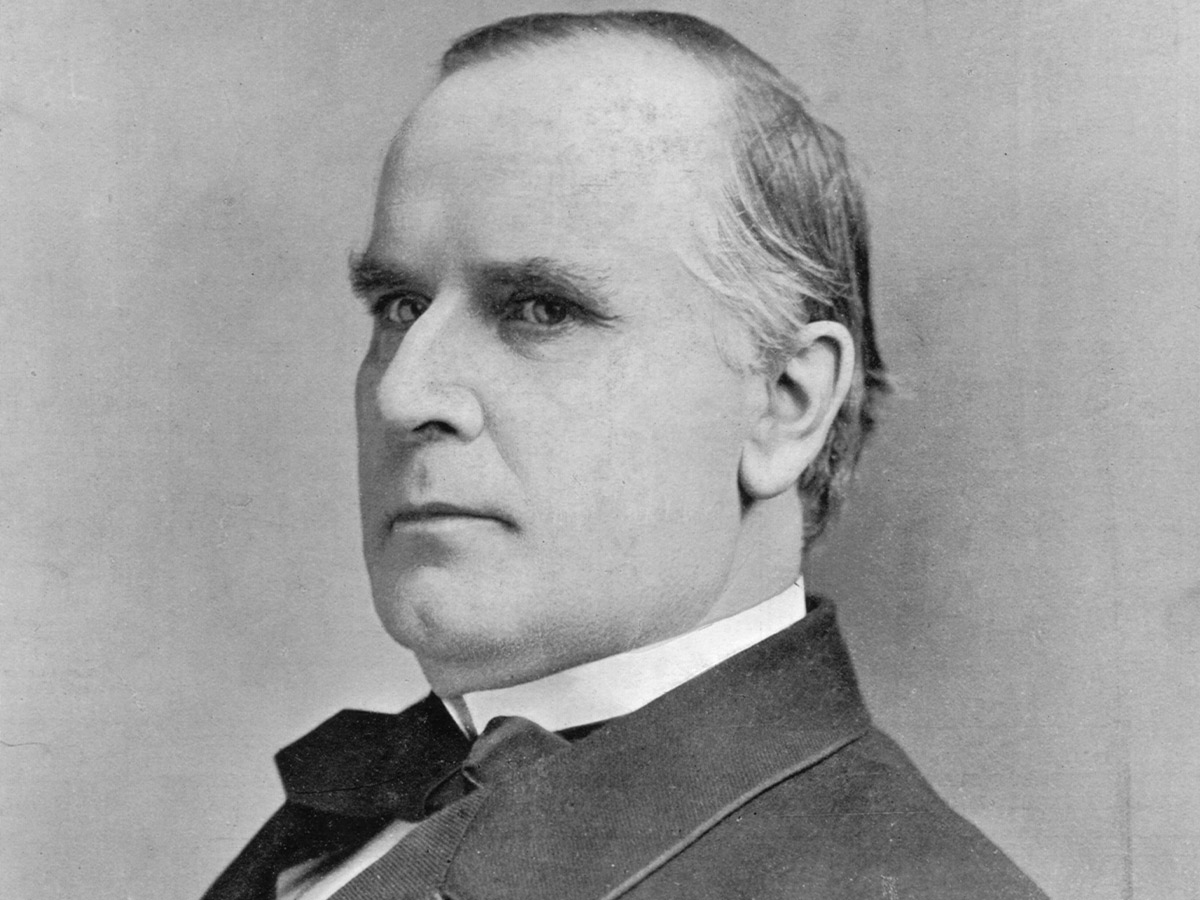
One of Trump's more bizarre orders on Election Day was "Restoring Names That Honor American Greatness."Here, Trump directs the Secretary of the Interior to rename the Gulf of Mexico as the Gulf of America and return the name of Denali—the highest mountain in North America—to its former name, Mount McKinley.
Former President Barack Obama announced the renaming of Mount McKinley to Denali in 2015, referencing a 1975 request by the state of Alaska, where the mountain is located, to honor the mountain’s sacredness to Alaska Natives.
Immigration & Refugees
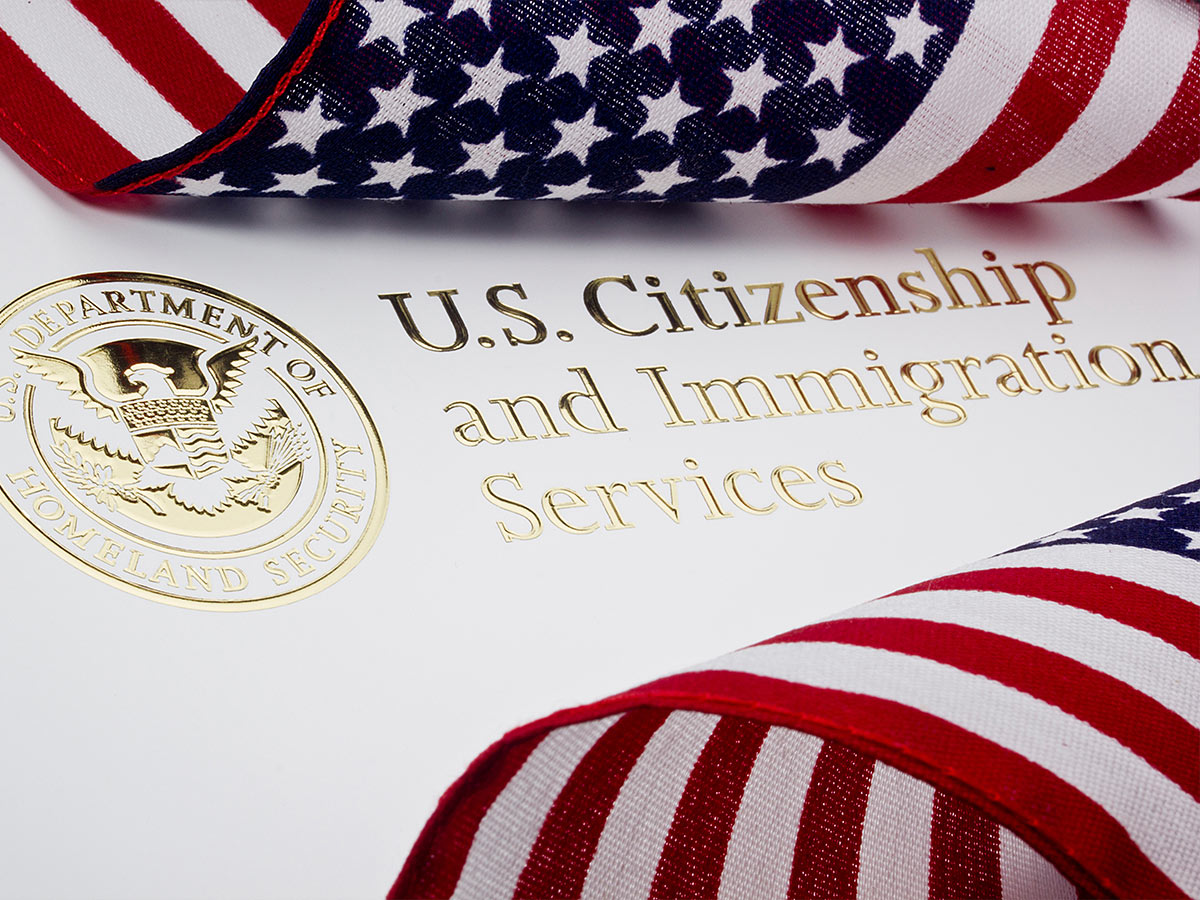
Trump signed many executive orders related to foreign relations, but two addressed immigration and refugee concerns in particular. In the first, titled"Realigning the United States Refugee Admissions Program," Trump indefinitely suspended refugee admissions starting January 27. The order requires the Secretary of Homeland Security, in consultation with the Secretary of State, to review the program and provide a report every 90 days on whether to resume resettlements.
"Protecting The Meaning And Value of American Citizenship" is highly controversial because it effectively ends birthright citizenship if it's approved in Congress, which is in direct opposition to the 14th Amendment of the Constitution. According to TIME, it "redefines" birthright citizenship so that "it would not apply to a person born in the U.S. to a mother and a father who both are neither a lawful permanent resident nor a citizen when the person is born."
Holding Government Officials Accountable for Election Interference

Trump issued an executive order titled “Holding Former Government Officials Accountable For Election Interference And Improper Disclosure Of Sensitive Governmental Information" that revokes the security clearances of more than four dozen former intelligence officials, as reported by TIME.
Trump's executive order asserts U.S. policy prohibiting the Intelligence Community from being used for partisan political purposes, especially for electioneering. It also mandates that classified information should not be publicly disclosed in memoirs, particularly those published for financial gain. This order came after criticism, including from Trump’s first-term national security advisor John Bolton, who had previously signed a letter in 2020 suggesting that information from Hunter Biden's laptop might have been part of a Russian disinformation campaign.
Restoring the Death Penalty

Trump’s executive order titled “Restoring The Death Penalty And Protecting Public Safety” called for a more aggressive use of the death penalty in federal cases. It directed the Attorney General to pursue the death penalty for all capital crimes, particularly those involving the murder of law enforcement officers or crimes committed by individuals illegally in the U.S.
The order also encouraged state prosecutors to seek the death penalty when appropriate and ensured that states would have a “sufficient supply” of lethal injection drugs. This order was in stark contrast to Biden’s actions in December, where he commuted the sentences of 37 out of 40 federal death row inmates, a move Trump cannot reverse.
Undoing Biden's Executive Orders And Actions

Trump’s executive order, titled “Initial Rescissions of Harmful Executive Orders and Actions,” revokes 78 executive orders and memoranda from the Biden Administration, focusing largely on policies related to diversity, equity, and inclusion (DEI), as well as climate change initiatives.
Trump’s order criticizes these Biden-era actions as “deeply unpopular, inflationary, illegal, and radical,” claiming they negatively impacted federal agencies and the economy. By reversing these measures, Trump aimed to eliminate what he viewed as overreach and policies that were inconsistent with his "America First" agenda, which emphasizes reducing government regulation and focusing on economic growth and national interests.
Reevaluating And Realigning United States Foreign Aid
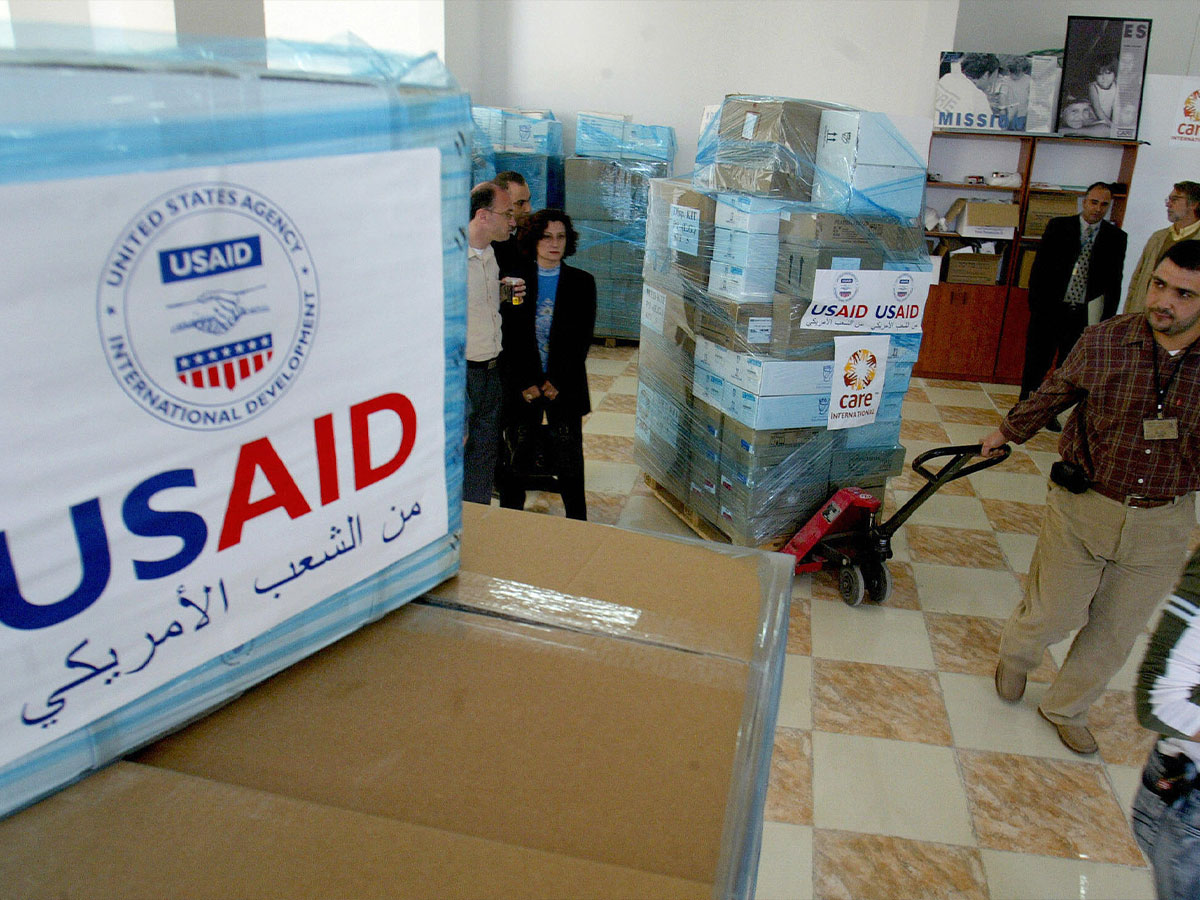
Trump signed an executive order titled “Reevaluating And Realigning United States Foreign Aid” to pause U.S. foreign development assistance for 90 days and review the nation’s foreign aid programs. The order criticizes the “foreign aid industry and bureaucracy” as misaligned with U.S. interests and values, suggesting that these programs often work against American priorities.
However, it allows the Secretary of State to waive the pause for specific programs deemed necessary. Historically, Republicans have pushed for cuts to foreign aid, which typically constitutes about 1% of the federal budget, except in special cases like military assistance to Ukraine.
TikTok Ban Extension

Trump’s executive order titled “Application Of Protecting Americans From Foreign Adversary Controlled Applications Act To TikTok” temporarily delayed the U.S. ban on the Chinese-owned app TikTok for 75 days. The ban, supported by Congress and upheld by the Supreme Court, was a response to concerns over national security and the app’s data privacy practices.
The order followed a brief shutdown of TikTok over the weekend and extended the deadline for addressing the security risks associated with the app. The delay allowed more time for negotiations or potential resolutions before the ban would take effect.
Flying the U.S. Flag at Full-Staff on Inauguration Day
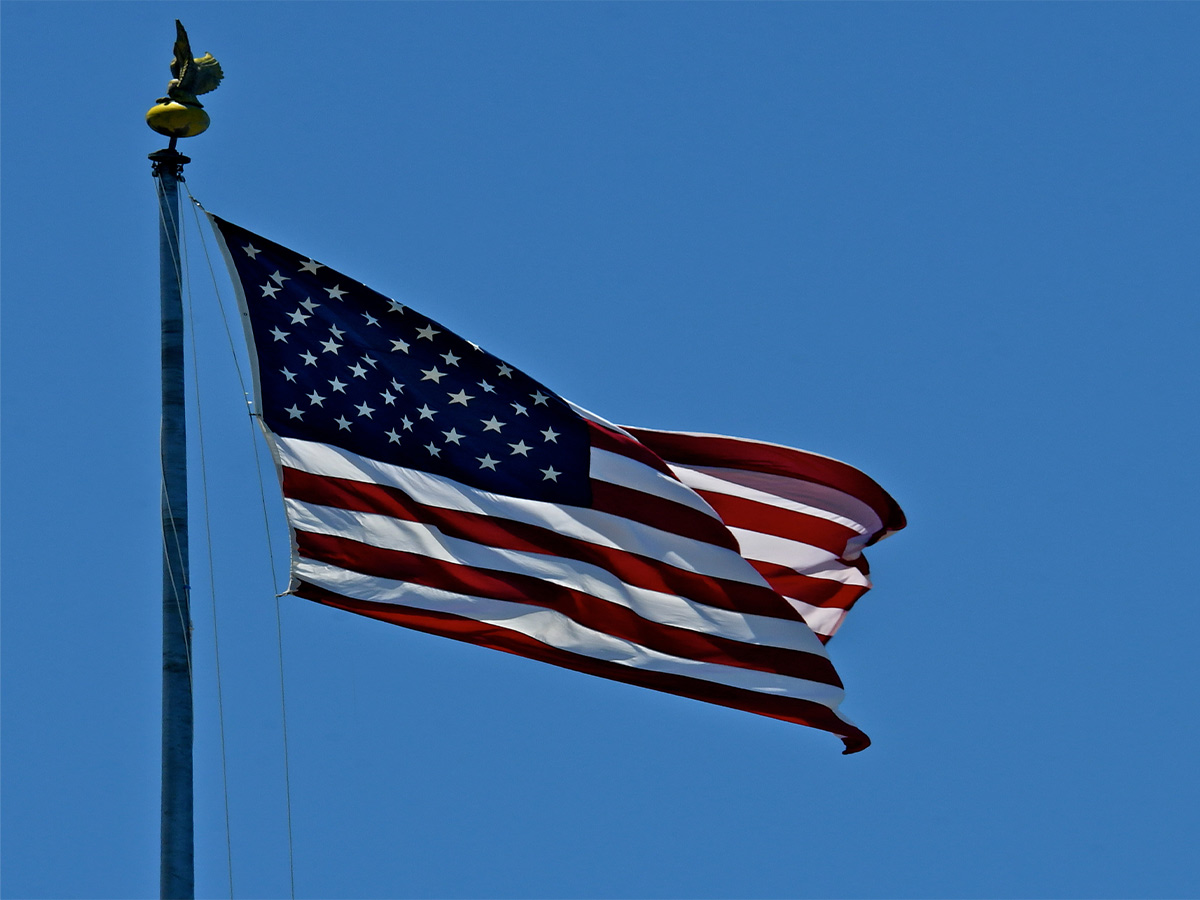
After the death of former President Jimmy Carter on Dec. 29, President Biden issued a proclamation directing flags to be flown at half-staff for 30 days at public buildings, in line with the U.S. Flag Code. However, former President Trump opposed the idea of flags being at half-staff on the day of his Inauguration, leading Republican Speaker of the House Mike Johnson and several GOP governors to order flags to be flown at full-staff on Jan. 20 at the Capitol and state buildings.
In response, Trump issued a proclamation, “Flying The Flag Of The United States At Full-Staff On Inauguration Day,” ordering flags to remain at full-staff throughout the day, with the possibility of lowering them in Carter's memory after Inauguration Day ended.
Restoring Freedom Of Speech And Ending Federal Censorship
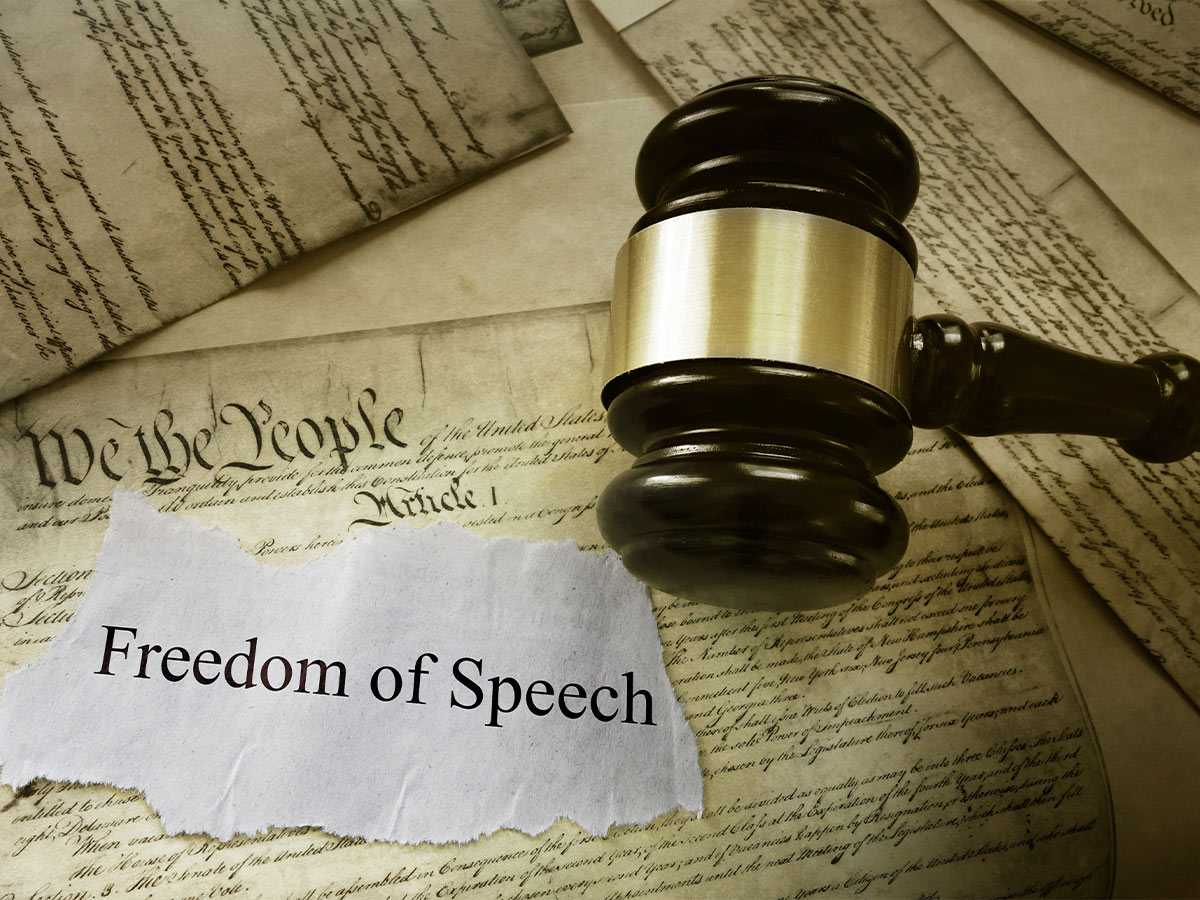
Trump's executive order titled "Restoring Freedom of Speech and Ending Federal Censorship" criticizes the Biden administration for allegedly restricting free speech by censoring Americans on online platforms, particularly in the context of fighting disinformation and misinformation.
The order directs the Attorney General to investigate federal policies from the past four years and recommend actions to address potential violations of free speech rights. Trump's executive order reflects his concern over government influence on online speech, aiming to restore what he views as protections for freedom of expression.
Regulatory Freeze Pending Review
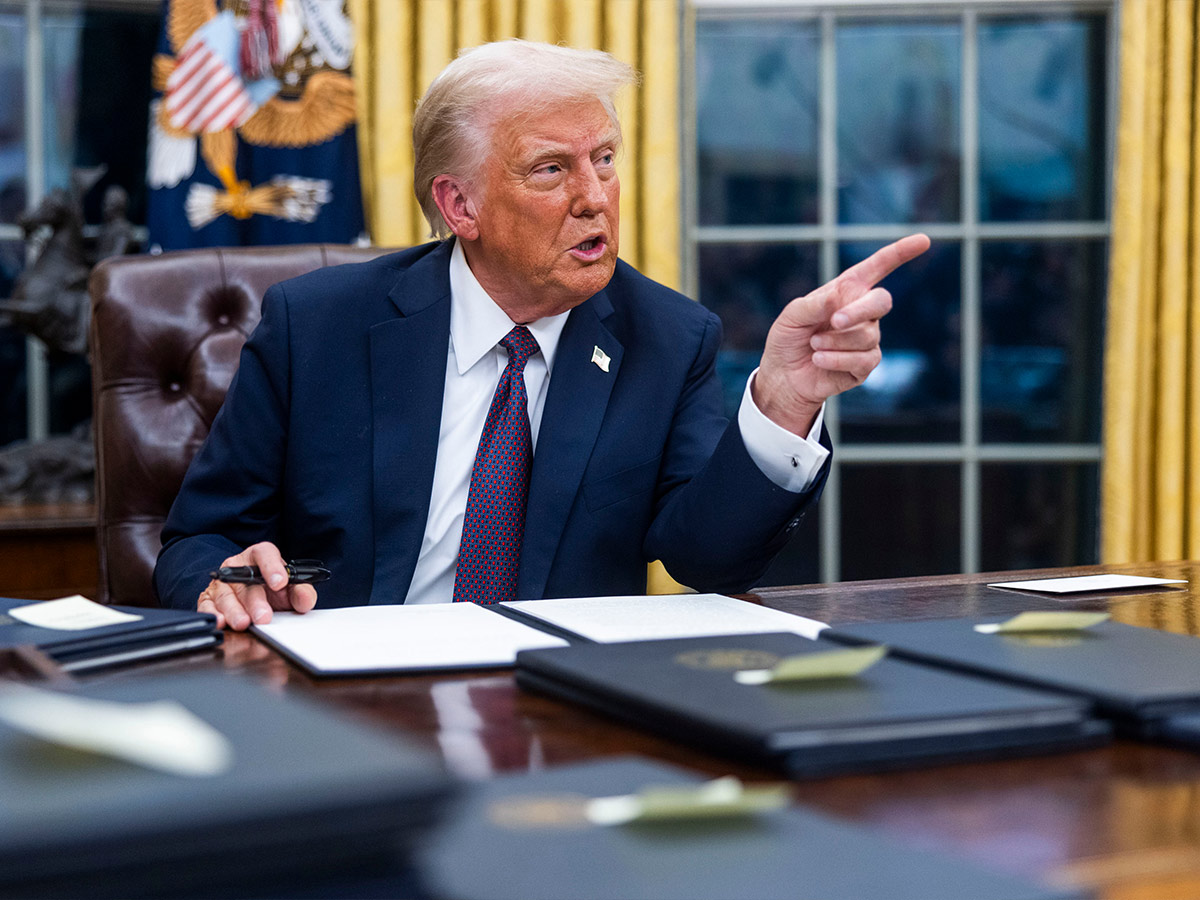
In the memorandum titled “Regulatory Freeze Pending Review,” President Trump directed all executive departments and agencies to halt any new rule or directive from being proposed until it had been reviewed and approved by the head of the respective department.
This move was designed to slow down the regulatory process and ensure that new rules aligned with Trump's administration's priorities. The memorandum reflected Trump's desire to limit government intervention and reduce regulatory burdens on businesses, marking a key part of his broader deregulatory agenda.
The Southern Border
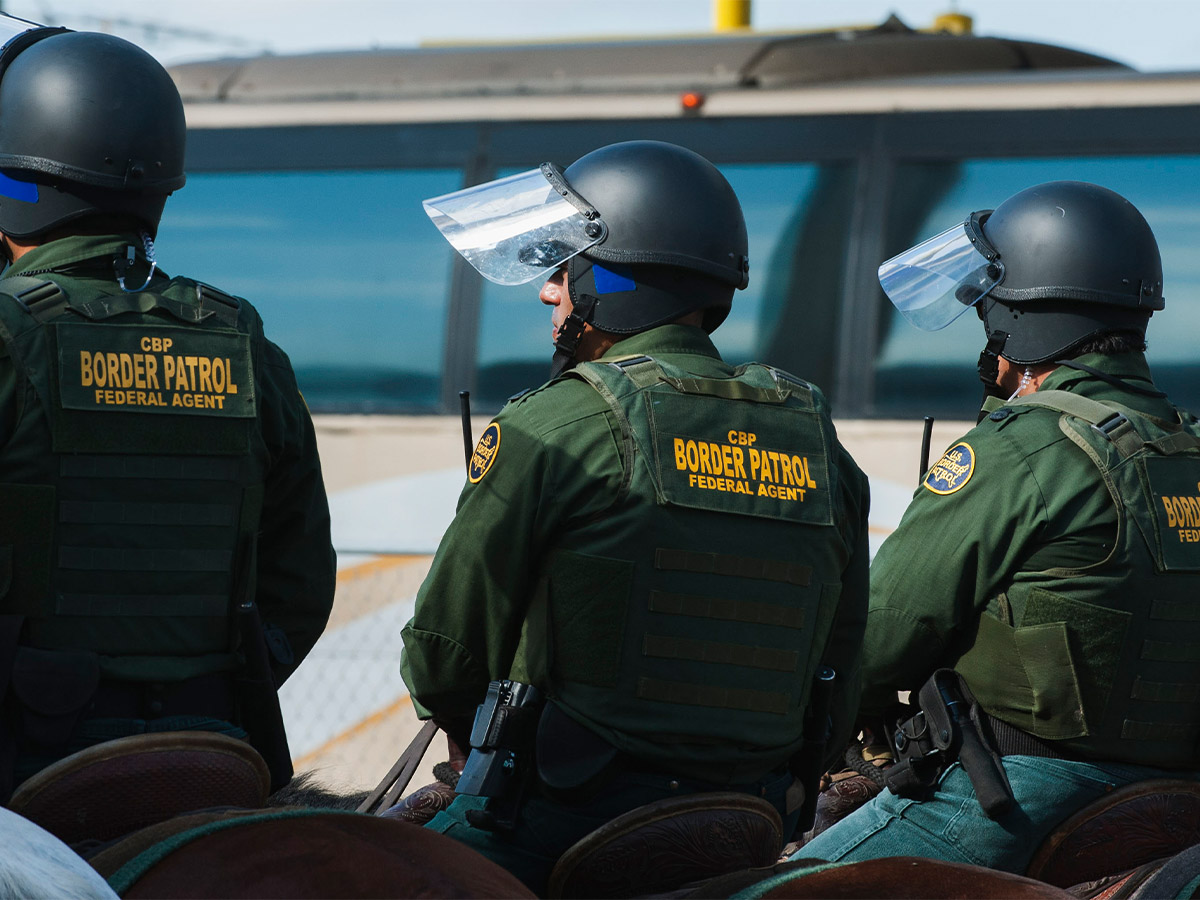
On Day 1, President Trump declared a national emergency at the southern border, citing ongoing challenges with illegal immigration, drug trafficking, and human smuggling in "Declaring A National Emergency At The Southern Border Of The United States." The other two orders are titled "Securing Our Borders" and "Clarifying The Military’s Role In Protecting The Territorial Integrity Of The United States."
In the order "Securing Our Borders," Trump reinstates his first-term immigration policies, including a border wall, "Remain in Mexico," and ending “catch-and-release.” It broadens deportation efforts, revokes Biden-era measures like the CBP One app and humanitarian parole, and mandates criminal charges for immigration violations and those aiding unlawful entry. Similarly, "Clarifying The Military’s Role In Protecting The Territorial Integrity Of The United States" allows the U.S. military to greater a plan to deploy troops to the border.
Federal Workforce

The federal workforce is targeted by four direct executive orders aimed at taking control of who works for the government, what they're allowed to do, and where they're allowed to work. The orders are titled as follows:
-
"Reforming The Federal Hiring Process And Restoring Merit To Government Service"
-
"Return to In-Person Work"
-
"Hiring Freeze"
-
"Restoring Accountability To Policy-Influencing Positions Within the Federal Workforce"
Trump aims to eliminate political favoritism and restore a merit-based system in government service. Key changes include stricter qualification requirements for new hires, mandatory performance evaluations, and a rollback of diversity, equity, and inclusion (DEI) hiring practices. The executive order also outlines steps to increase accountability among senior federal employees. This includes expedited disciplinary procedures for underperformance or misconduct, as well as enhanced transparency in hiring decisions.
New Departments & Organizations

In a bold move to tackle government waste and inefficiency, President Trump issued an executive order, "Establishing And Implementing The President’s ‘Department Of Government Efficiency.'"This new department is tasked with reviewing federal programs, eliminating redundancies, and implementing cost-saving measures across all branches of government. But this isn't the only changes to organizations he made on Day 1.
The "Organization of the National Security Council and Subcommittees" outlines "the structure, membership, and purpose of the National Security Council for his administration," as reported by TIME. "The Organization for Economic Co-operation and Development (OECD) Global Tax Deal (Global Tax Deal)" effectively withdrew the U.S. from a global tax deal signed in October 2021. It would have ended competitive reduction in corporate tax rates by establishing a universal corporate minimum tax. Nearly 140 countries ratified it.
Terrorism & Invasion
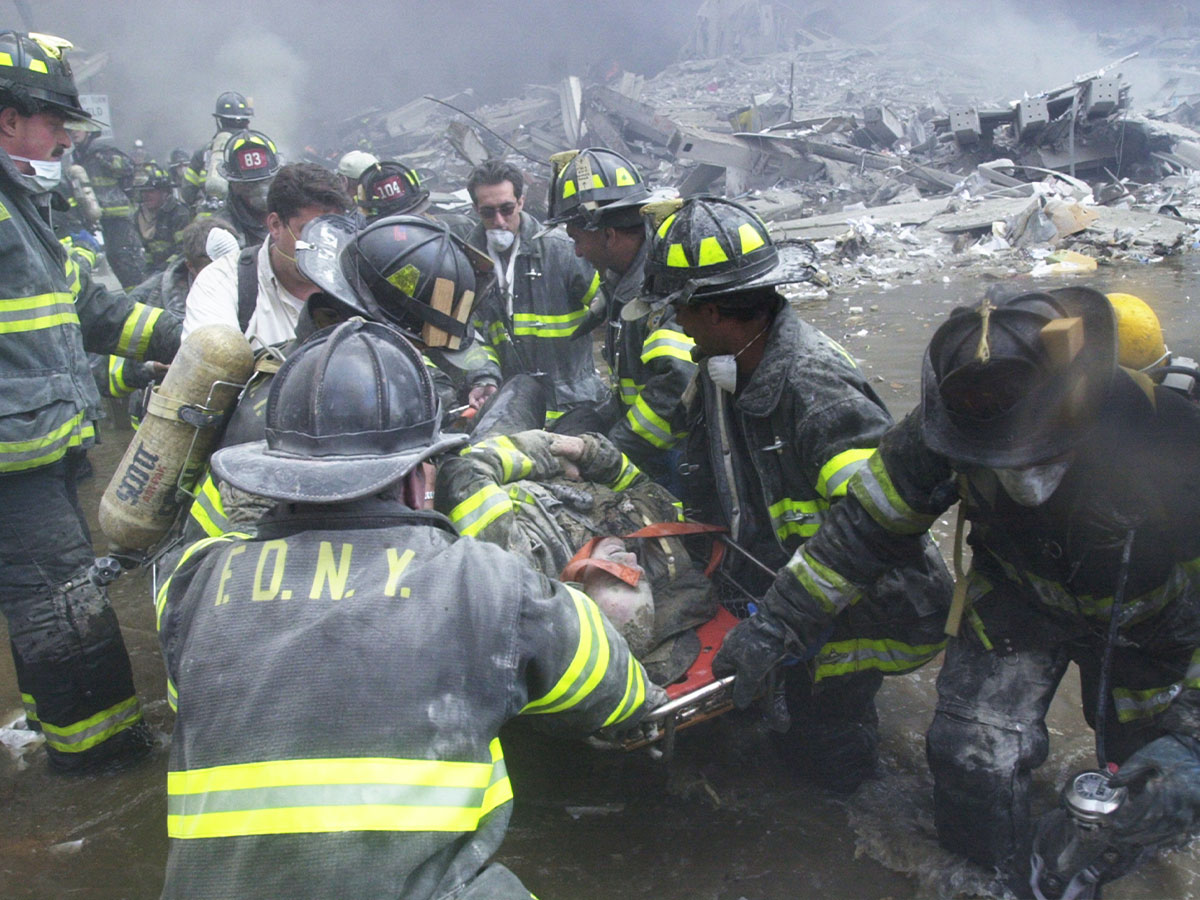
Four Day 1 executive orders were passed to address terrorism and invasion fears, including:
-
"Protecting The United States From Foreign Terrorists And Other National Security And Public Safety Threats"
-
"Guaranteeing The States Protection Against Invasion"
-
"Designating Cartels And Other Organizations As Foreign Terrorist Organizations And Specially Designated Global Terrorists"
-
"Protecting The American People Against Invasion"
These orders strengthen the vetting process for immigrants deemed high-risk for terrorism; establishes stricter visa protocols, including enhanced background checks and biometric screening; tasks federal agencies with updating their databases to improve information-sharing between law enforcement and intelligence entities; calls for periodic reviews of the U.S. refugee admissions program to prevent potential security risks; and deploys federal resources, including military personnel and funding, to assist states in addressing threats such as cross-border crime, cartel activity, and human trafficking.
Environmentalism
Energy

Trump declared a "National Energy Emergency" claiming "the need to lower energy costs as a reason to boost oil and natural gas production across the country. The order calls for a review of “obstacles to domestic energy infrastructure” resulting from legal environmental protections like the Endangered Species Act.
Trump’s executive order, “Unleashing American Energy,” mandates a review of agency policies that hinder domestic energy development, focusing on natural gas, coal, nuclear energy, and more. Agencies must create action plans within a month to reverse restrictive rules. The order also halts Inflation Reduction Act clean energy funding and revokes 12 Biden-era regulations.
Federal Executives & Political Hierarchy
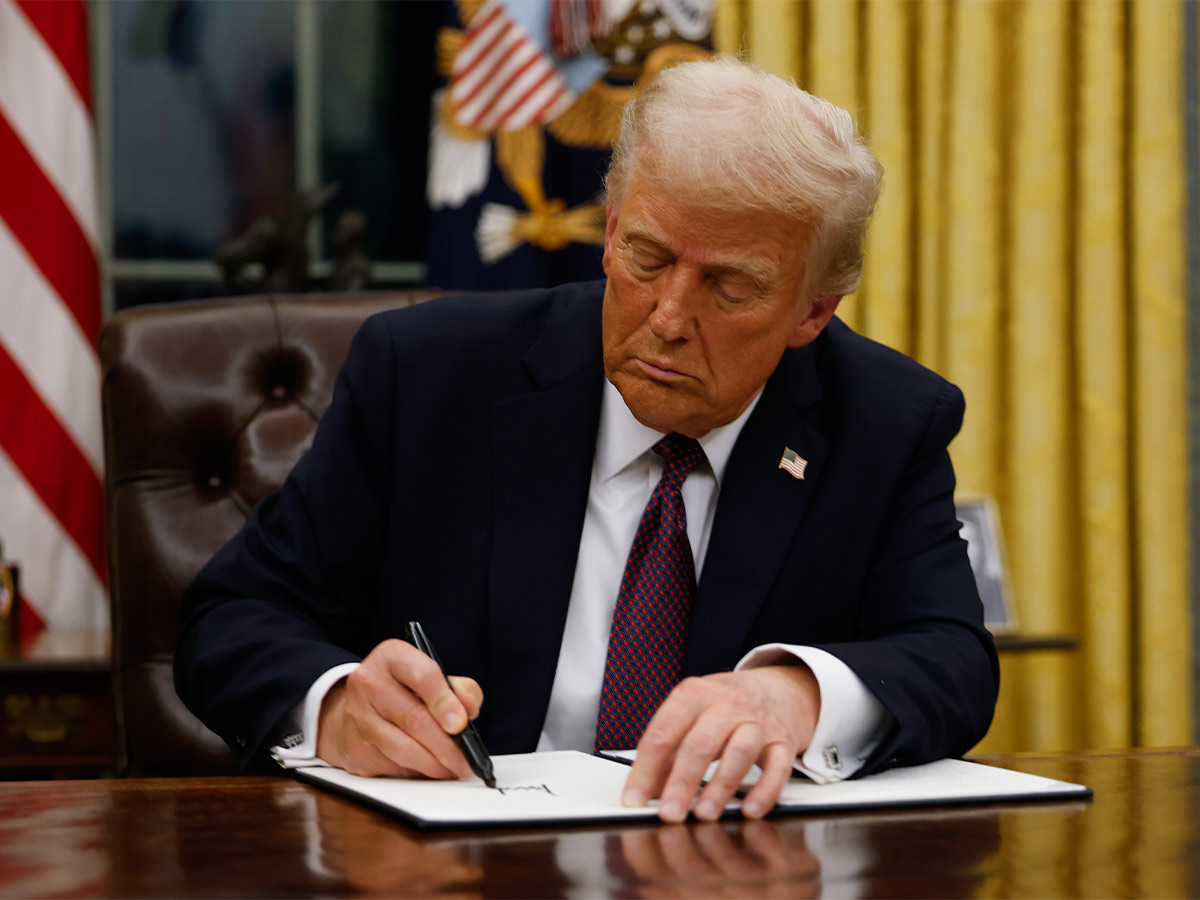
The executive orders related to the powers and hierarchy of federal executives include:
-
Memorandum to Resolve the Backlog of Security Clearances for Executive Office of the President Personnel
-
Restoring Accountability for Career Senior Executives
-
Ending The Weaponization Of The Federal Government
Trump's executive orders on federal executives and political hierarchy focused on improving efficiency and accountability. One memorandum aimed to resolve the backlog of security clearances for White House staff, speeding up the vetting process. Another order called for restoring accountability within the senior executive service, emphasizing performance and ethics in career positions. Additionally, Trump issued an order to end the "weaponization" of the federal government, directing agencies to stop using their power for partisan purposes or political gain.
Ditching the WHO
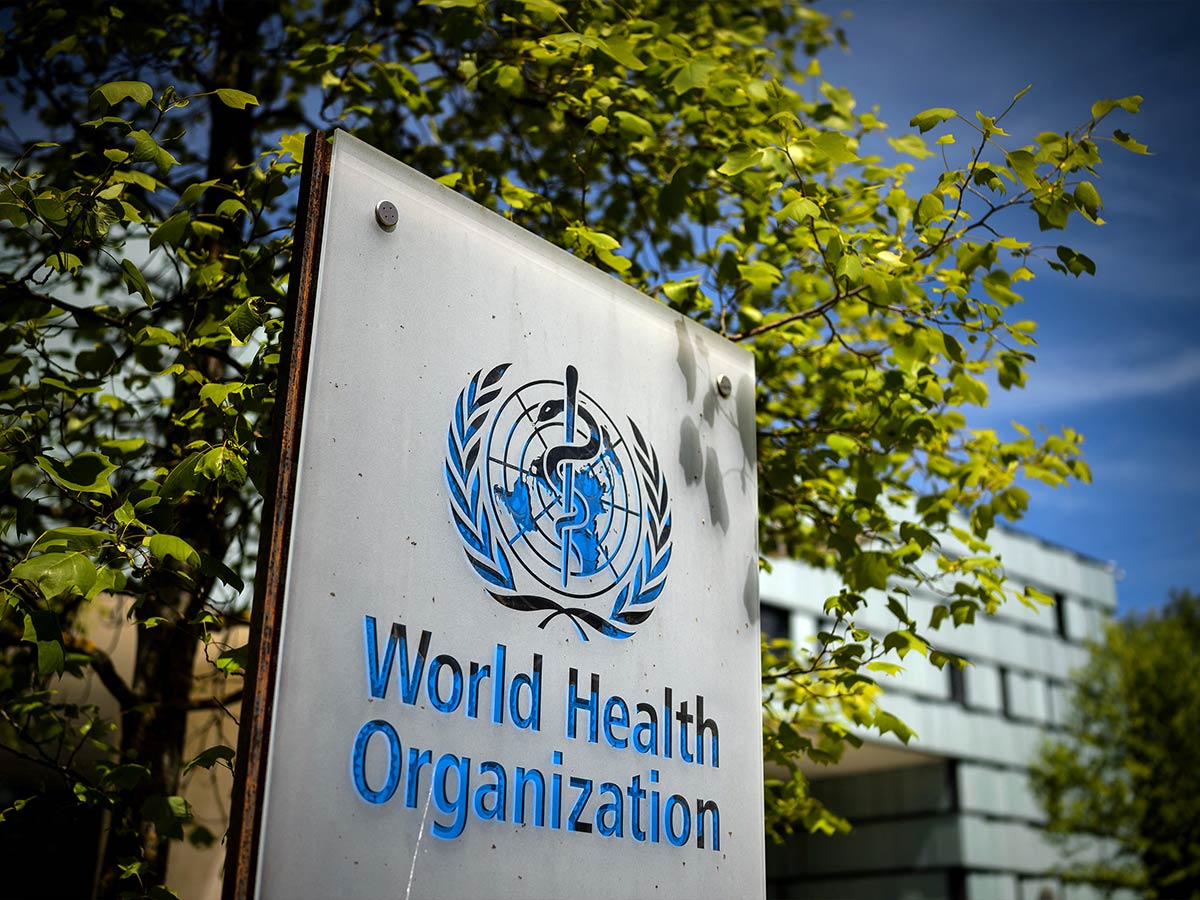
Trump's executive order titled “Withdrawing The United States From The World Health Organization” followed through on his campaign promise to sever ties with the WHO. Citing the organization's mishandling of the COVID-19 pandemic, Trump sought to end U.S. involvement, which he viewed as detrimental to American interests.
The withdrawal would have removed significant U.S. financial support, estimated at $130 million annually. However, when President Biden took office in 2021, he reversed the decision, rejoining the WHO. The move marked a significant shift in the U.S.'s approach to global health and international partnerships under Trump’s administration.
 Author
Ron Winkler
This post may contain affiliate links. Read our disclosure policy.
Last Updated: December 08, 2025
Author
Ron Winkler
This post may contain affiliate links. Read our disclosure policy.
Last Updated: December 08, 2025
